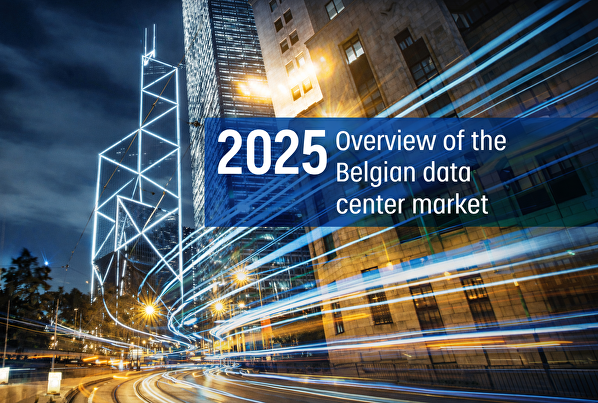
- You are here:
- Home
- News & Insights
- Impact of 5G on Data Centers
Impact of 5G on Data Centers

The emergence of the 5G network for mobile communications, and the large amount of data that must be processed, stored and distributed, will have a major impact on the data center industry. This results in an increased demand for computing capacity and associated IT Infrastructure. There are still many questions about 5G, but it is clear that it will have a major impact as the amount of data will increase enormously.
Speed is one of the advantages of the 5G network, it is expected that speeds of up to 20 Gbps can be reached. It is also expected that users will have much faster access to data, because they no longer have to wait for web pages or videos to load.
Improved latency is another advantage of 5G - Latency is the time between a click and the delivery of data to the user - which is about 50 milliseconds today with the existing 4G network. With the 5G network, the response time is expected to be approximately 1 millisecond.
Large traditional data centers form the backbone of computing and connectivity, with almost all data processed centrally. With the rise of edge computing, more local data centers will be built close to business districts and residential areas. As a result, the data center infrastructure can change.
To work efficiently, the 5G connection uses the power of data centers. At the same time, 5G enables faster connectivity between Internet of Things (IoT) devices. The amount of data generated by such IoT applications is streamlined locally via edge computing. Instead of sending the data over long routes to data centers or the cloud, it is processed locally. This makes it possible to analyze data in real time.
How will edge computing change data centers?
As we try to envision more and more applications for edge computing, it will inevitably generate (even) more data. More data automatically means more demand for data centers.
In the next ten years, however, a new type of data center may emerge, in addition to the existing data centers. This, for example, with a base with various smaller locations, perhaps so local that it will be placed down to street level. A growing amount of (extra) data is being generated. Given the high population density in combination with a limited surface area, in Belgium, in the next 5 years, perhaps every larger city will first get its own local edge data center (s). In practice, this will be a prerequisite before surgery will be carried out at neighborhood or street level.
Cautious prognosis; there will be serious growth in the number of small and large data centers because of the exponential growth of data. Ultimately, in that situation, the aim should be to provide the right service in the right data center, based on the correct storage needs.
Feel free to discover our Website: www.datacenterunited.com


